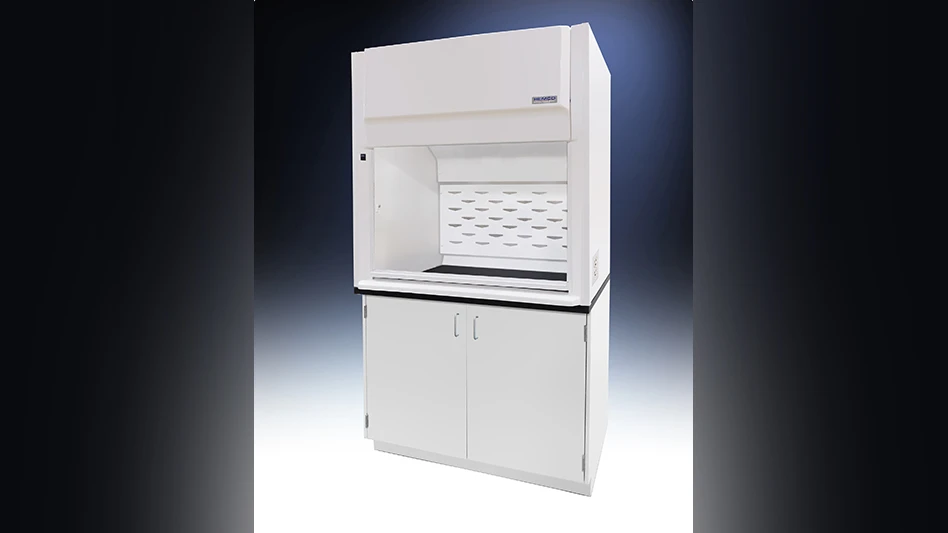Advancements in UAV-UAV Refueling
Northrop Grumman, the U.S. Defense Advanced Research Projects Agency (DARPA), and NASA Dryden Flight Research Center have completed a series of flight demonstrations for UAV-UAV refueling, proving successful at high altitudes. Used during the Autonomous High-Altitude Refueling program were two NASA autonomous Global Hawks, with one configured as a tanker.
“The technical developments that enabled these two high-altitude, long-endurance, unmanned Global Hawks in close formation is an outstanding accomplishment for the AHR program,” says Fred Ricker, vice president and deputy general manager, Northrop Grumman Aerospace Systems, Advanced Programs & Technology. www.northropgrumman.com; www.darpa.mil; www.dfrc.nasa.gov
FAA Provides Update of Test Sites
During an International Association of Chiefs of Police (IACP) presentation about law enforcement’s use of small unmanned aerial systems (sUAS), Randy Willis, air traffic control specialist, FAA, laid out an approximate timetable for the establishment of six UAV test sites across the country.
Willis notes that FAA personnel are currently developing selection criteria, which the agency will use to evaluate the many applications they expect to receive from cities, states, and geographic regions across the country, citing Ohio, Oklahoma, Florida, and New Mexico among a growing list of interested states. Audience members agreed that the selection of specific locations as new test sites for unmanned aerial systems could attract jobs and commercial investments, and serve as an economic shot-in-the-arm for those areas.www.faa.gov
St. Louis University Getting Advanced UAS Training System
A recently awarded contract provides a highly advanced UAS training system to St. Louis University’s Center for Aviation Safety Research (CASR). Simlat’s full-crew trainer, the C-STAR, includes high-fidelity flight simulation for pilot training, as well as realistic and diverse mission simulation for payload operator training. The C-STAR includes advanced scenario generation tools incorporating Hartech’s SSG. The C-STAR’s configuration enables both generic and platform-specific training, customized to the Williams Aerospace Taurus UAS. www.williamsaerospace.com; www.simlat.com; www.parks.slu.edu
Scion UAS Wins Military Contract
Scion UAS has won a government contract worth nearly $3 million to supply unmanned helicopters to the Naval Research Laboratory. Delivery of the first helicopter is within six months while the second is due three months later, with an option for a third, according to Scion co-founder Jim Sampson.
The Naval Research Lab's request for proposals specifies what the helicopter should be able to do – such as take off from and land on a moving ship by itself, fly sideways into a 46-knot wind, and carry at least a 90 lb payload.
“The military agency needs a vehicle versatile enough to carry the equipment that it is testing,” says Phillip Jones, director of software development, Scion USA. www.scionuas.com; www.nrl.navy.mil

Explore the November December 2012 Issue
Check out more from this issue and find your next story to read.
Latest from Aerospace Manufacturing and Design
- 2024 Favorites: #10 News – Boom Supersonic completes Overture Superfactory
- OMIC R&D hosts Supporting Women in Manufacturing Day 2024
- 4D Technology's AccuFiz SWIR interferometer
- Seventh Lockheed Martin-built GPS III satellite launches
- KYOCERA AVX's CR Series high-power chip resistor
- UT researchers receive Air Force grant for wind tunnel
- Monticont's linear voice coil servo motor
- FAA certifies Pratt & Whitney GTF engine to power the Airbus A321XLR





